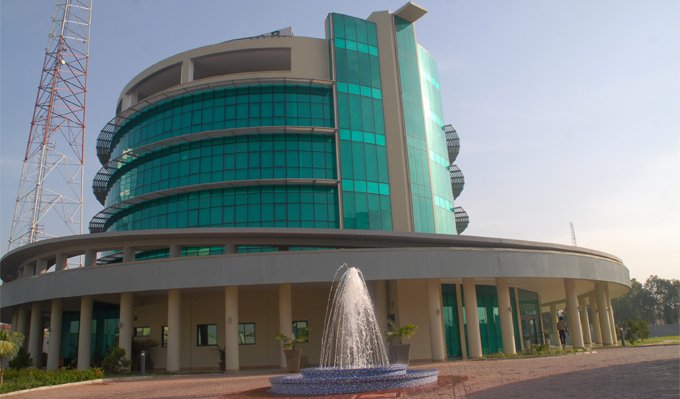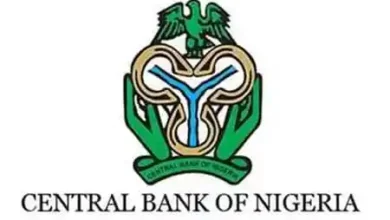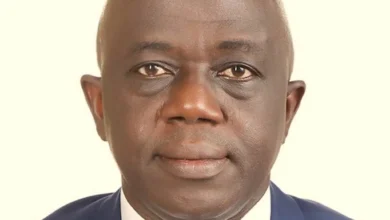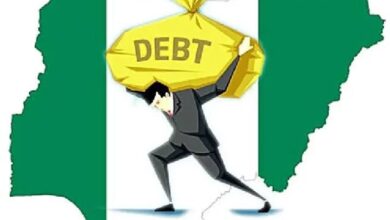Buhari Unveils New Naira Notes As Emefiele Lists Gains

President Muhammadu Buhari has launched the new Naira Notes, expressing delight that the redesigned currencies were locally produced by the Nigerian Security Printing and Minting (NSPM) PLC.
Speaking at the launch, ahead of the Federal Executive Council (FEC) Meeting, President explained in detail the basis for his approval to the Central Bank of Nigeria (CBN) to redesign the ₦200, ₦500 and ₦1000 banknotes.
According to the President, “the new Naira banknotes have been fortified with security features that make them difficult to counterfeit.”
He also added that the new banknotes would help the CBN design and implement better monetary policy objectives as well as enrich the collective memory of Nigeria’s heritage.
The President commended the CBN Gov and his Deputies for the initiative, while also thanking the MD, EDs and Staff of NSPM Plc “for working tirelessly with the apex bank to make the currency redesign a reality, & for printing the new Naira notes within a comparatively short time.”
Acknowledging that international best practice requires central banks and national authorities to issue new or redesigned currency notes every 5 to 8 years, the President noted that it is now almost 20 years since the last major redesign of the country’s local currency was done.
“Banknote redesign is generally aimed at achieving specific objectives, incl. but not limited to: improving security of banknotes, mitigating counterfeiting, preserving collective national heritage, controlling currency in circulation & reducing overall cost of currency Mgt.
“As is known, our local laws – specifically the Central Bank of Nigeria Act of 2007 – grants the Central Bank of Nigeria the power to issue and redesign the Naira.
“In line with this power, the Central Bank Governor approached me earlier in this year to seek my permission to embark on a currency redesign project. I considered all the facts and reasons presented before me by the Central Bank.”
“While this may not be apparent to many Nigerians, only 4 out of the 54 African countries print their currencies in their countries, and Nigeria is one. Hence, a majority of African countries print their currencies abroad and import them the way we import other goods.
“That is why it is with immense pride that I announce to you that these redesigned currencies are locally produced right here in Nigeria by our Security Printing and Minting PLC”, he said.
Meanwhile, the CBN’s Governor, Mr Godwin Emefiele said, the three newly redesigned denominations of N1,000 , N500 and N200 would
solve the numerous challenges facing the management of the legal tender currency.
He listed some of the challenges to include:
1. Significant hoarding of banknotes by members of the public, with statistics showing that ₦2.72 trillion out of the ₦3.26 trillion currency in circulation as of June 2022 was outside the vaults of commercial banks across the country, and supposedly held by members of the public. This statistic shows that 84.71 percent of currency in circulation are outside the vaults of commercial banks, with only 15.29 percent in the Central Bank and Commercial banks’ vaults.
2. Worsening shortage of clean and fit banknotes with attendant negative perception of the CBN and increased risk to financial stability;
3. Increasing ease by criminals and risk of counterfeiting evidenced by several security reports received at the Central Bank of Nigeria.
On the benefits of the currency redesign to the Nigerian economy, Emefiele said:
a) This policy will help to control inflation as the exercise will bring the hoarded currency into the banking system, thereby making monetary policy more effective;
b) It will also help with better design and implementation of Monetary Policy as we would have much more accurate data on money supply and monetary aggregates;
c) We believe that this exercise would help in increasing financial inclusion, moving towards a more cashless economy, and ensuring greater formalization of the Nigerian economy;
d) The currency redesign would assist in the fight against corruption as the exercise would rein in the higher denomination used for corruption, and the movement of such funds from the banking system could be tracked easily.






